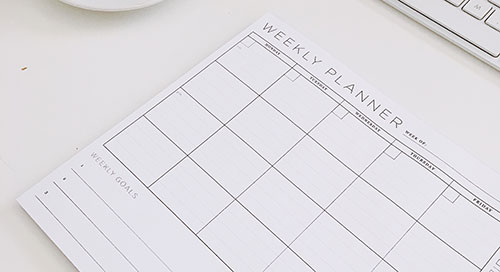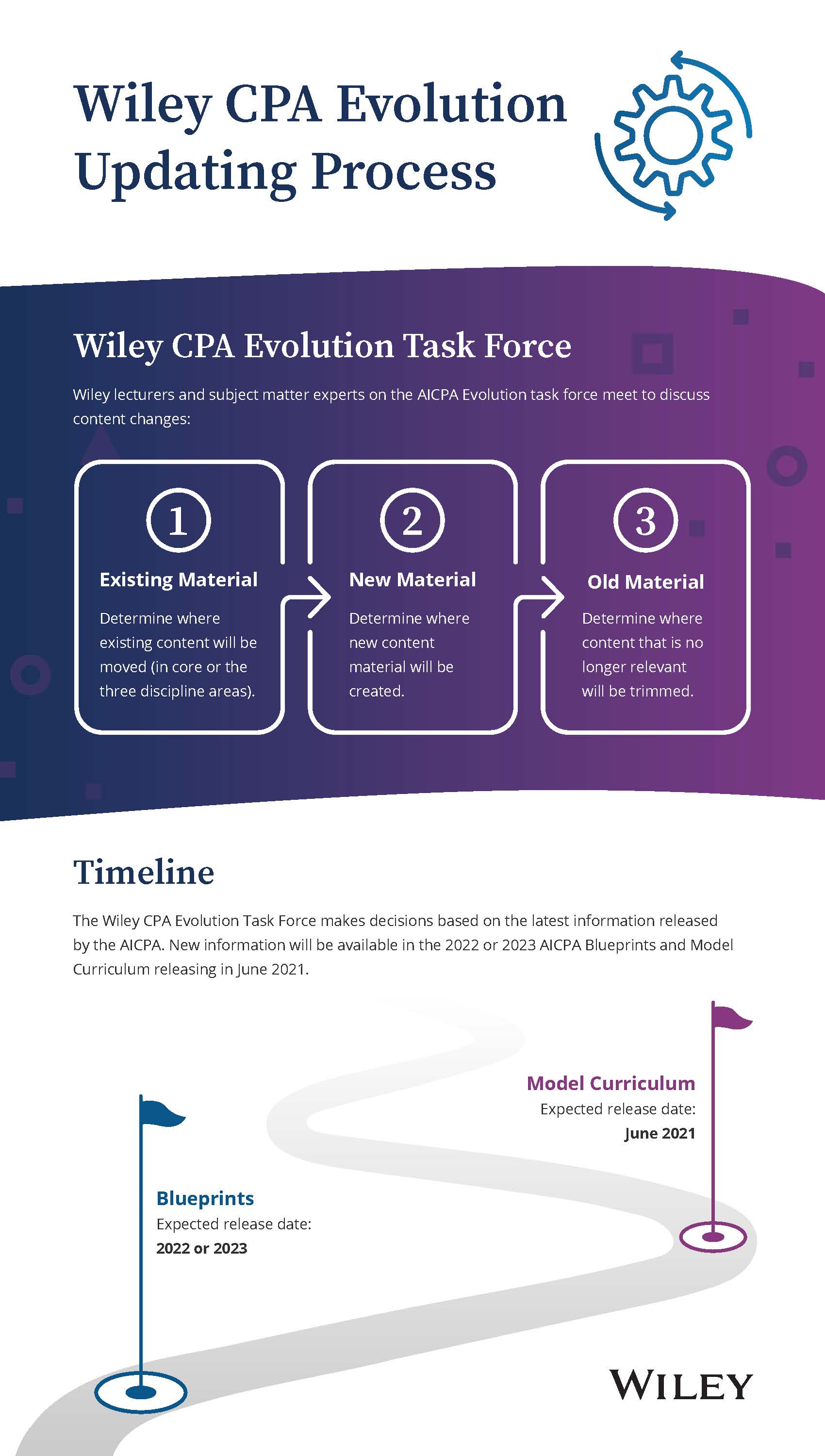5-ways-to-incorporate-data-analytics-in-your-accounting-course
October 05, 2020
Accounting students in particular should be comfortable working with data sets and visualizations in their courses in preparation for the type of work they will do in their professions. “Every accounting firm is utilizing data analytics—from facility management to customer relation management to the hiring of their employees,” says Christine Cheng, an assistant professor of accounting at the University of Mississippi, who embeds data analytics in her courses across the undergraduate and graduate levels. Here are five ways you can meaningfully incorporate data into your course:
1. Start with the basics. Excel is still an integral part of what accountants use for data analytics, and your students should understand the functionality of what the program can do. Teach your students how to use Excel to do everything from adding and subtracting numbers to formatting.
Dr.Christine Cheng Ph.D
- Picture
-

- Title
- Dr. Christine Cheng, Ph.D.,
- Designation
- Description
-
Dr. Christine Cheng, Ph.D., is an assistant professor of accounting at the Patterson School of Accountancy at the University of Mississippi. She incorporates data analytics into her tax courses, both at the undergraduate and graduate levels. She has also been working on developing data analytics cases that could be used by faculty across the country to meaningfully incorporate data analytics into classes throughout the accounting curricula.
2. Build a toolkit. Data analytics isn’t exclusive to accounting. In fact, it pertains to many fields of work. In addition to Excel, your students, regardless of their intended field of study, should be able to transfer analytical skills across tools like Power BI and Alteryx.
3. Relate data to real life. Cheng knew her students like to travel, so she had them create an Excel spreadsheet with 25 cities across the United States they’d like to visit. They then turned this data into a heat map using Tableau and then analyzed the results.
4. Find data sets. There are plenty of data sets out there from government and banking to statistics and the small business association. With a bit of creativity, you can have your students interact with data sets that can bring everyday topics to life.
5. Introduce visualizations. You can use Tableau, Alteryx, or the data analytic module in WileyPLUS to get students comfortable with data visualizations. As they present storyboards using the interactive presentation mode, they will learn to think critically about data and be able to communicate their analysis.
This blog post is based on Christine Cheng’s webinar “Incorporating Data Analytics Into Any Accounting Course.” Click the link to watch the full webinar on-demand.












